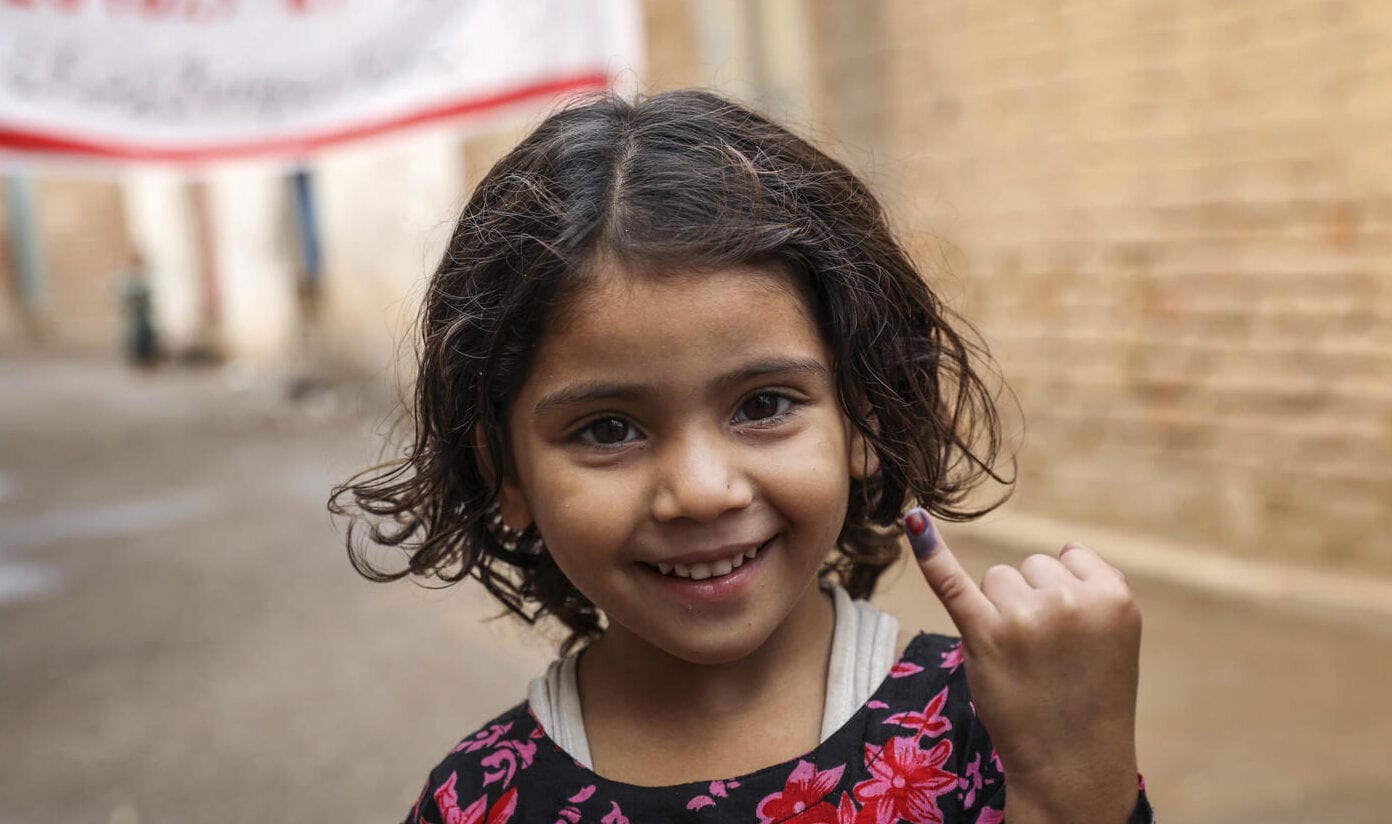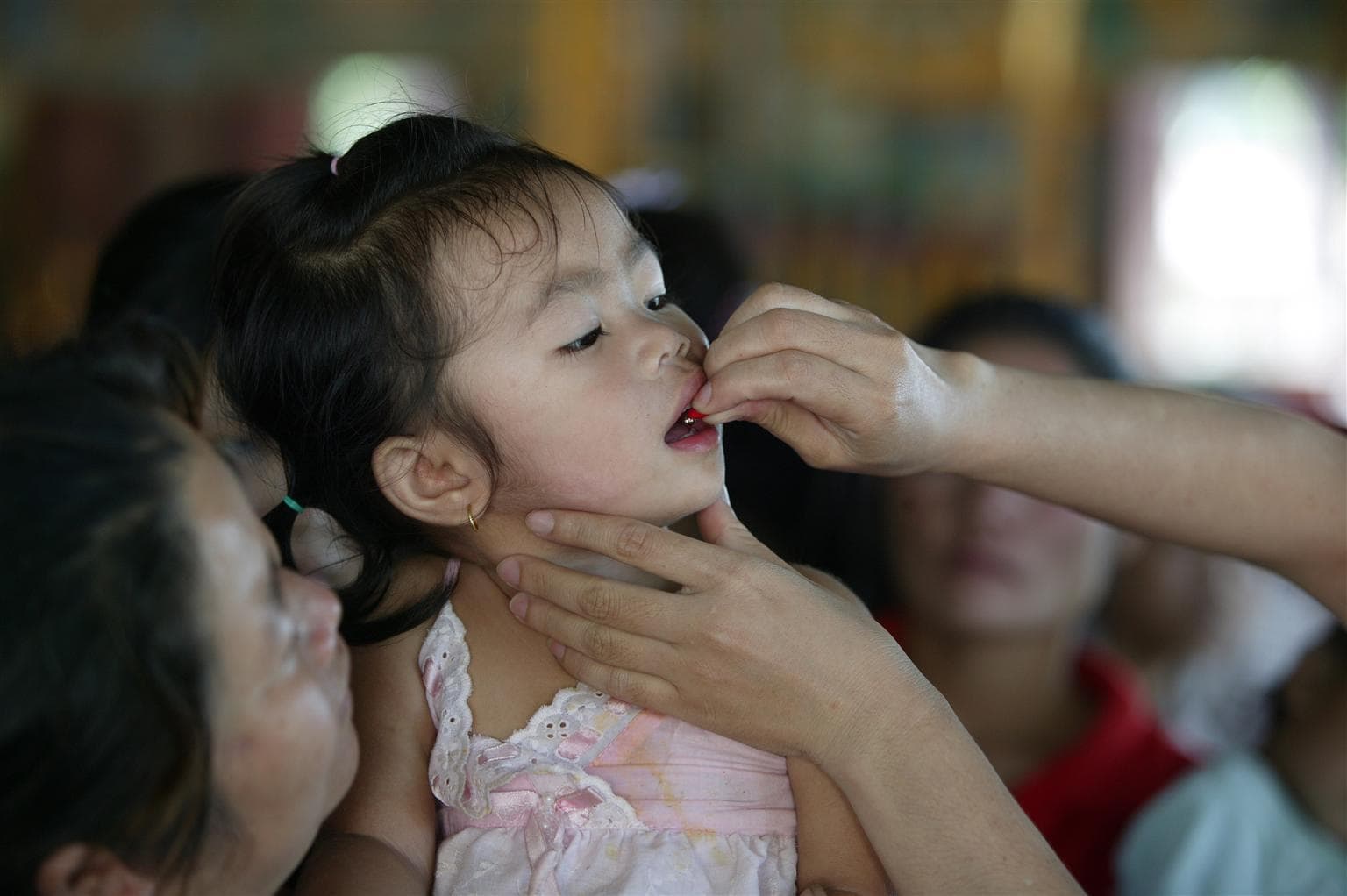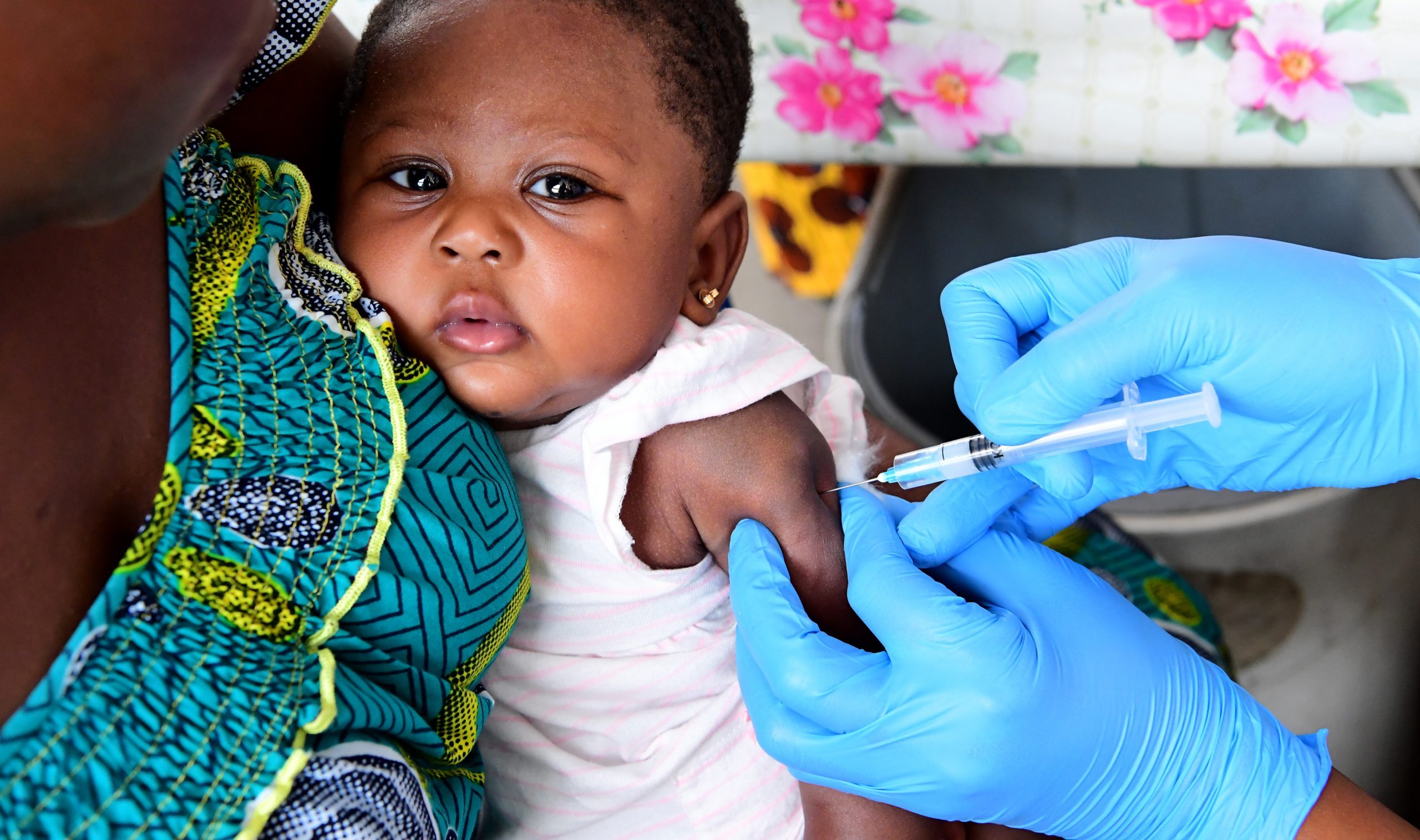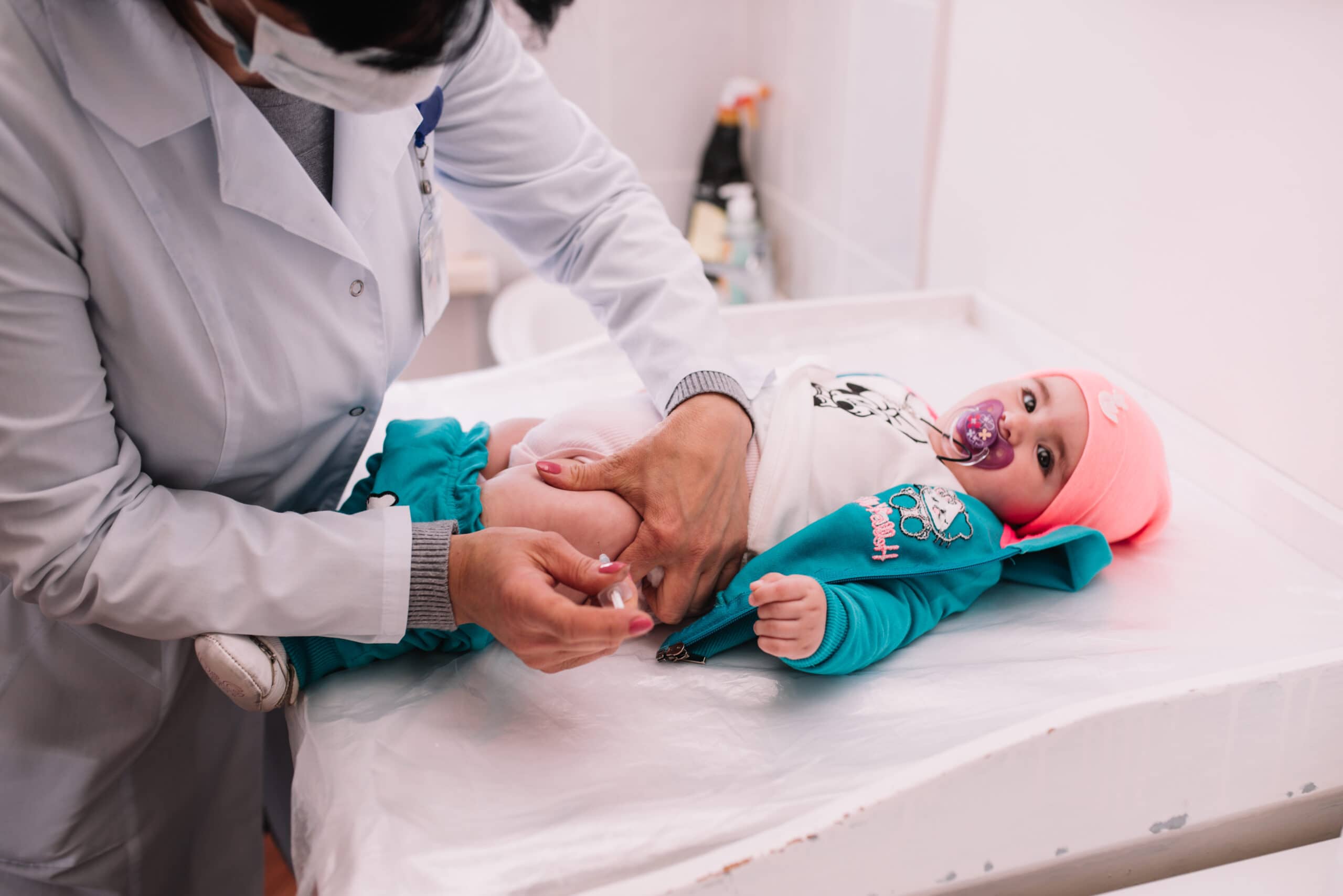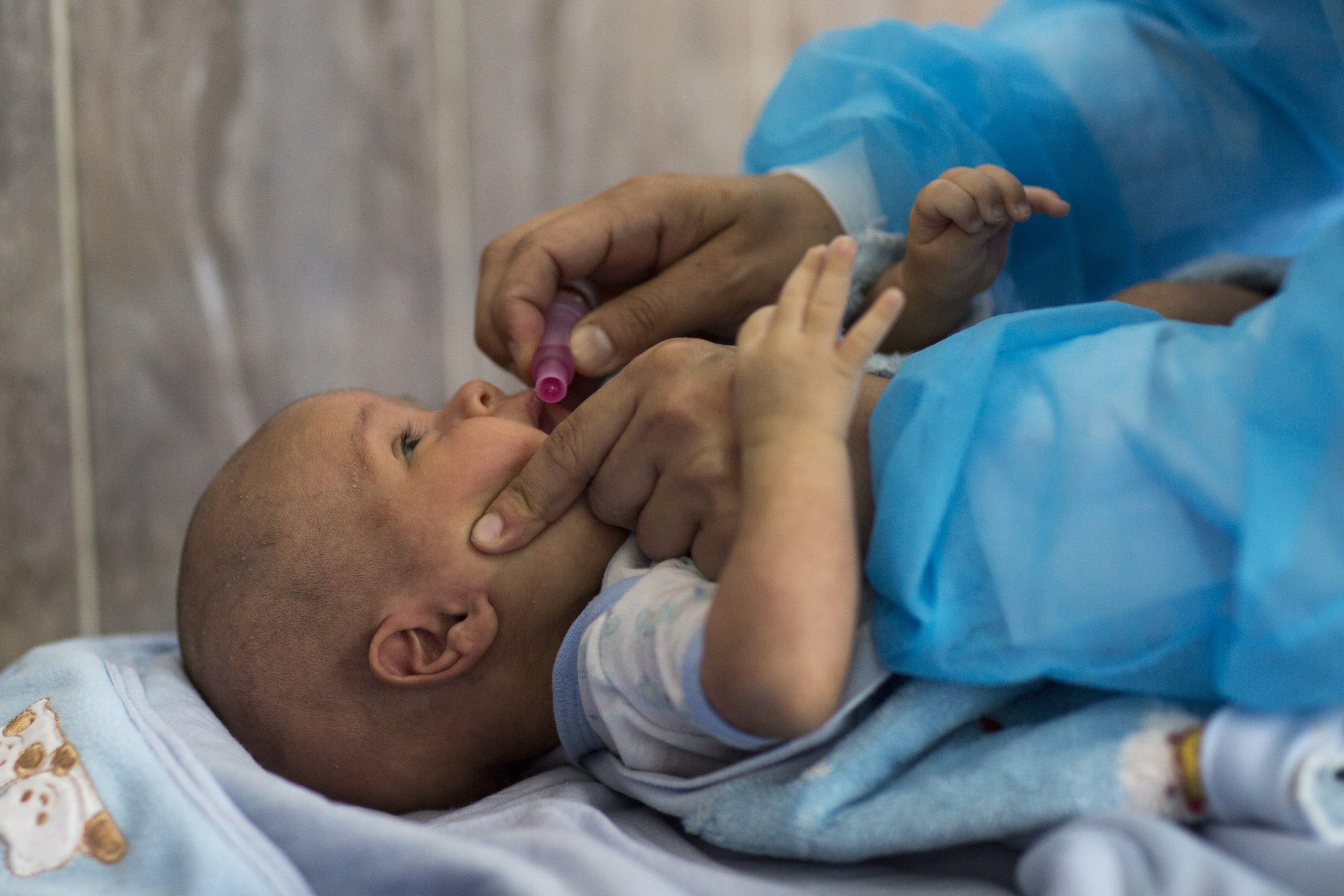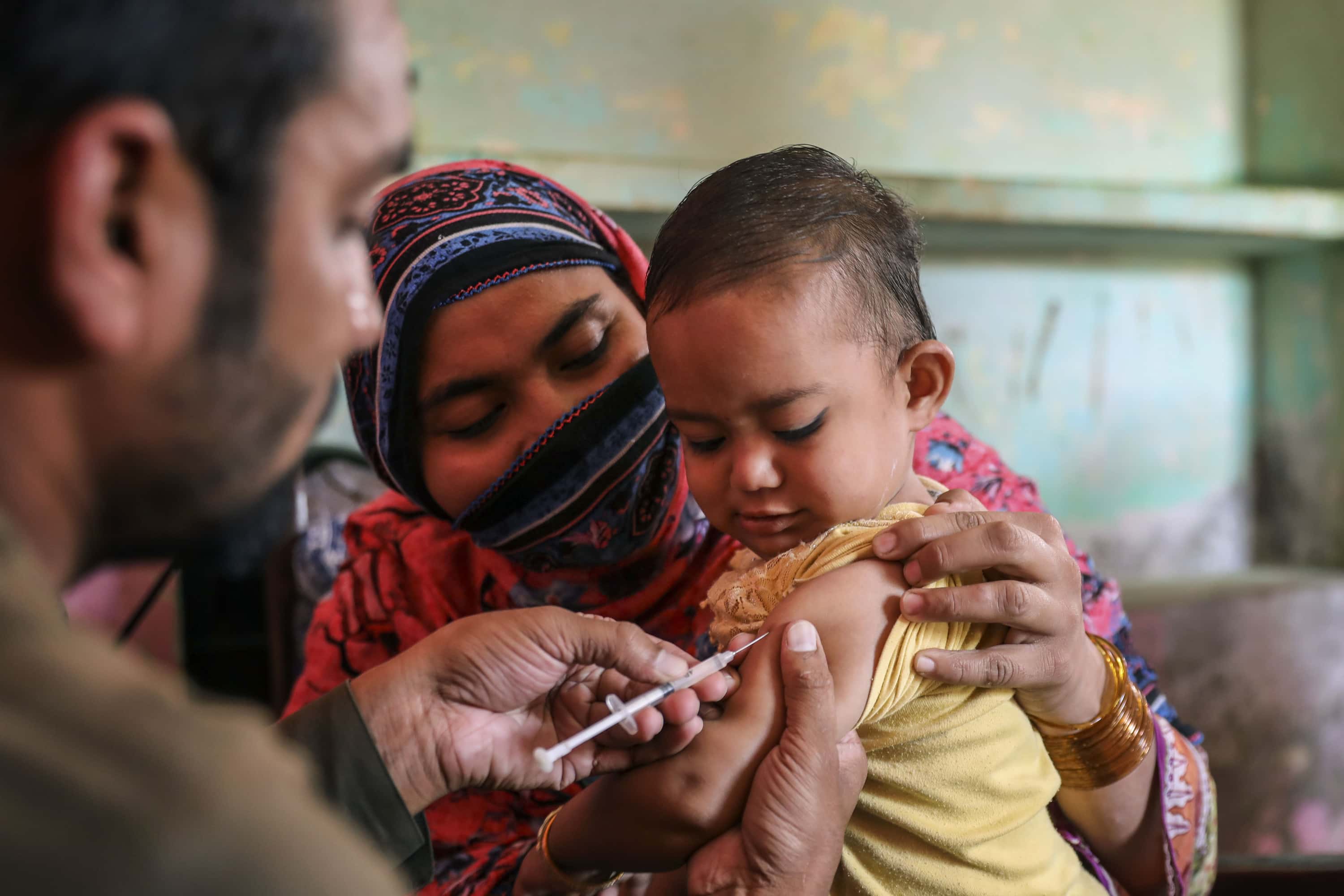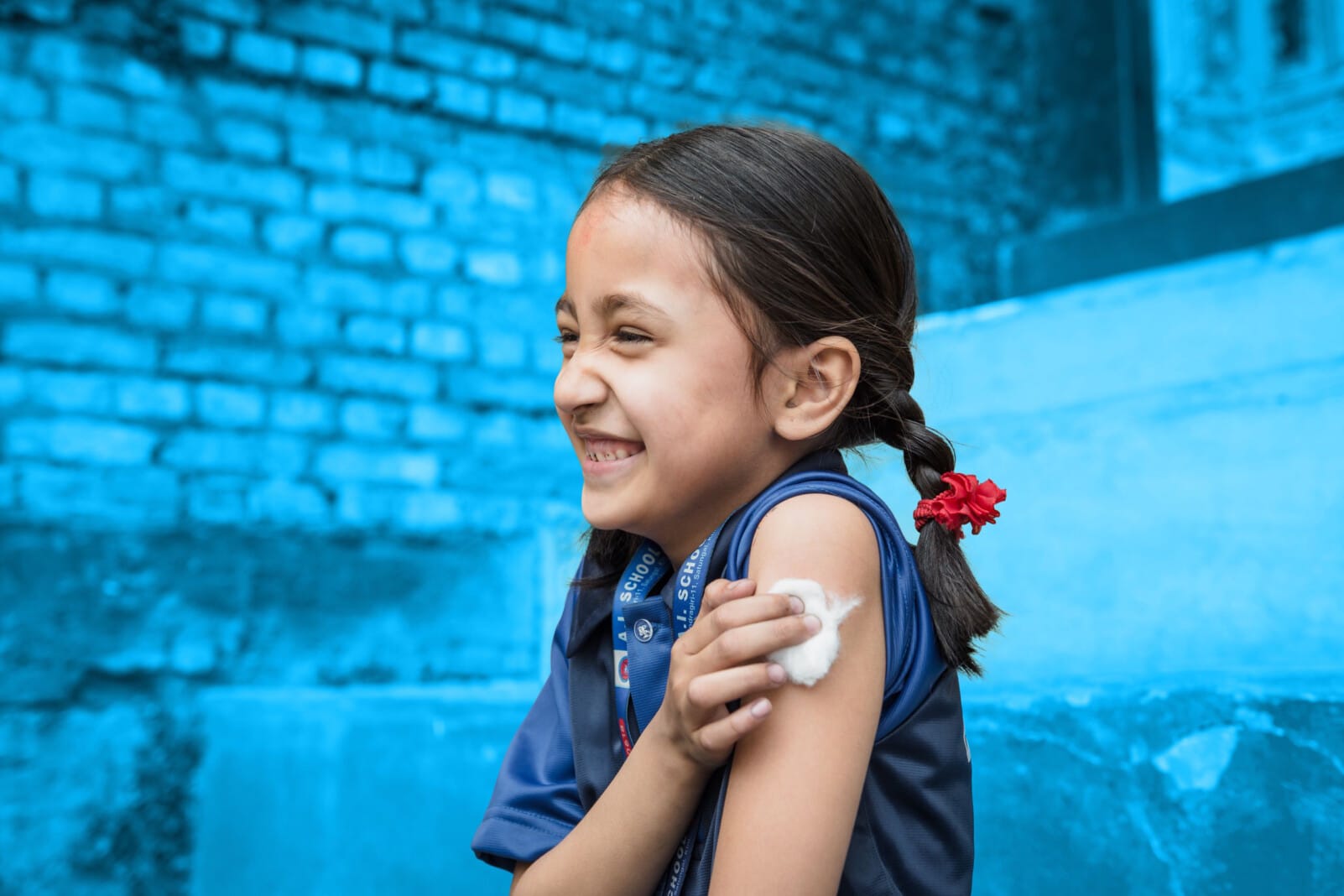Global vaccination coverage has seen some recovery in 2022. However, there are still 20.5 million children missing out on lifesaving vaccines globally, 2.1 million more than in 2019
Over the course of the COVID-19 pandemic, the worldwide administration of the third dose of the diphtheria-tetanus-pertussis (DTP3) vaccine – often used to assess how well countries are doing in providing routine immunization services to children – experienced a decline in global coverage. In 2019, the coverage stood at 86 per cent, but by 2021, it had dropped to 81 per cent, marking its lowest level since 2008. However, there is some positive news as per the 2022 WHO/UNICEF Estimates of National Immunization Coverage (WUENIC). In 2022, there was a slight recovery, with DTP3 coverage increasing to 84 per cent.
The global immunization recovery in its early stages has been uneven, with notable improvements observed only in a few countries. While countries like India and Indonesia, with large populations of infants, have shown progress, it masks the slower recovery, stagnation or ongoing declines witnessed in the majority of low- and middle-income countries.
Despite ongoing efforts towards recovery, a staggering 20.5 million children remained either unvaccinated or under-vaccinated in 2022. Furthermore, the number of children who did not receive any vaccines, often referred to as zero-dose children, reached 14.3 million – a significant increase of 1.4 million compared to 2019.
As the world strove to recover from the COVID-19 pandemic, it faced additional challenges in 2022. These challenges include a growing population of children residing in fragile and conflict-affected settings, an alarming rise in misinformation, as well as persistent supply issues.
Access to life-saving vaccines to combat diseases such as measles and polio has improved since the COVID-19 pandemic, but recovery is not universal
Between 2019 and 2021, all UNICEF regions experienced a decline in DTP3 coverage, with the sharpest drop occurring in the East Asia and Pacific region, where coverage fell from 92 per cent to 82 per cent, a decrease of 10 percentage points.
In 2022, regions showed varying degrees of recovery compared to 2021, except for sub-Saharan Africa. The East Asia and Pacific region exhibited the most significant recovery, with coverage increasing 7 percentage points from 82 per cent in 2021 to 89 per cent in 2022. This positive trend was largely driven by Indonesia, the Philippines, Vietnam and Myanmar.
South Asia also experienced substantial improvement, with coverage rising 6 percentage points from 85 per cent in 2021 to 91 per cent in 2022. It is noteworthy that South Asia is the only region surpassing pre-pandemic levels, primarily due to India, where DTP3 coverage increased from 85 per cent in 2021 to 93 per cent in 2022.
On the contrary, Eastern and Southern Africa, as well as West and Central Africa, have not witnessed any recovery. DTP3 coverage remains stagnant at 74 per cent and 69 per cent respectively, which are the lowest levels globally.
While there has been some recovery in measles vaccination, the progress has been relatively slower. Coverage increased by 2 percentage points, from 81 per cent in 2021 to 83 per cent in 2022. Nevertheless, the current coverage rate of 83 per cent in 2022 for measles vaccination fell short by 3 percentage points compared to the coverage achieved in 2019. This level of coverage is inadequate to effectively halt the circulation of the measles virus as it falls below the necessary herd-immunity threshold of 95 per cent. Inadequate coverage in many parts of the world has resulted in preventable measles and polio outbreaks in the past year, highlighting the critical role of immunization in maintaining the health of children, adolescents, adults and society.
Immunization is one of the most cost-effective public health interventions, averting an estimated 4.4 million deaths yearly[1]
In 2022, it is estimated that approximately 14.3 million children did not receive any dose of DTP (known as zero-dose children). While this figure represents a decrease of 3.8 million children compared to 2021, due to an increase in coverage from 86 per cent to 89 per cent, it remains 1.4 million higher than the number reported in 2019.
In recent years, there has been a significant emphasis on reducing the overall number of zero-dose children, and this focus has yielded positive results, particularly in terms of DTP1 coverage. It is crucial to maintain these efforts and build upon them. However, the latest data from WUENIC emphasizes the need to expand our approach by considering additional metrics that assess the risks and progress of immunization. This approach ensures that no child is left behind, as countries with larger infant populations like India can influence these figures, even if they demonstrate notable improvements in coverage.
104 countries achieved at least 90 per cent coverage of DTP3 vaccine
The percentage of children receiving DTP3 is often used as a measure to gauge how well countries are providing routine immunization services and has a global target of 90 per cent as set by the Immunization Agenda 2030.
In 2022, the global coverage rate for the third dose of the DTP vaccine (DTP3) increased from 81 per cent in 2021 to 84 per cent in 2022. Although there has been progress, the coverage has not yet reached the pre-pandemic level of 86 per cent. However, it is important to note the remarkable success of vaccination programs over the years. In 1980, DTP3 coverage was only 20 per cent, but by 2000, it had risen to an impressive 72 per cent.
Challenges to vaccination coverage are numerous and persist in fragile states and those affected by conflict
Several factors contribute to the disruption of health systems and hinder the sustainable delivery of vaccination services. These factors include conflict, inadequate investment in national immunization programs, shortages of vaccines as well as disease outbreaks. Among the children who remain unvaccinated or under-vaccinated, approximately 10 million infants (49 per cent) live in fragile or humanitarian settings, including countries impacted by conflict. Children, residing in such challenging circumstances, are the most vulnerable to disease outbreaks and require urgent attention and support.
In 2022, the number of countries with DTP3 coverage of 50 per cent or less increased from five in 2019 to seven (Angola, the Central African Republic, the Democratic People’s Republic of Korea, Guinea, Papua New Guinea, Somalia and the Syrian Arab Republic). Notably, five of these countries are either fragile states or affected by conflict. [2]
Globally, more than half (over 50 per cent) of the children who remain unvaccinated for DTP3 are concentrated in just eight countries: Nigeria, India, the Democratic Republic of the Congo, Ethiopia, Pakistan, Angola, the Philippines and Indonesia. It’s important to note that although these populous developing countries have relatively high rates of immunization coverage, they still contribute significantly to the number of unvaccinated children. For instance, in 2022, India accounted for 1.6 million of the unvaccinated and under-vaccinated children, despite achieving 93 per cent coverage for a cohort of 22.5 million surviving infants.
To elevate global immunization levels, it is essential to prioritize efforts in countries with the highest numbers of unvaccinated children. However, it’s equally important to ensure that countries with low coverage rates, where children are most likely to miss out on immunization, receive the attention they need.
Rotavirus coverage continues to expand significantly since 2011, particularly in low-income countries
Thanks to the collaborative efforts of UNICEF, its partners and countries, vaccines are now safer and more accessible than ever before. The cost of fully immunizing a child in low-income countries has decreased from over US $24 in 2013 to just US $18 per child.[3]
Despite various challenges, countries have made progress in vaccine introductions. As of 2022, 154 countries included the pneumococcal conjugate vaccine in their immunization programmes, providing protection against pneumonia. Additionally, 116 countries have incorporated the rotavirus vaccine, which helps prevent diarrhoea.
Human papillomavirus (HPV) is a common viral infection that can lead to cervical cancer in women. By 2022, the HPV vaccine had been fully introduced in 130 countries. However, only 14 per cent of girls are currently fully protected against HPV, indicating the need for increased efforts in this area.
Preventing child deaths from preventable causes and ensuring children’s optimal health and well-being is a priority. The cost of a vaccine, often less than US $1, is significantly lower than the expenses associated with treating a sick child or combating disease outbreaks. Investing US $1 in childhood vaccination can potentially yield a return on investment of US $20 in low- and middle-income countries between 2021 and 2030.[4]
For more information about the cost and financing of vaccination, you can find additional details here.
COVAX
Vaccines for COVID-19 are critical tools for helping to bring the pandemic under control when combined with effective testing, treatment and existing prevention measures. Vaccinating the world against this disease is the largest vaccine procurement and supply operation in history – and UNICEF is leading this effort on behalf of the Global COVAX Facility.
The historic global rollout is unprecedented in terms of speed, scale and demographics reached. Yet despite progress, inequities between lower and higher-income countries are continuing to cost lives and are prolonging the pandemic.
References
[1] Carter et al. Modeling the Impact of Vaccination for the Immunization Agenda 2030: Deaths Averted Due to Vaccination Against 14 Pathogens in 194 Countries from 2021-2030 (April 20, 2021). Available at SSRN: https://ssrn.com/abstract=3830781 or http://dx.doi.org/10.2139/ssrn.3830781
[2] World Bank Fragile and Conflict-affected Situations (FCS), FY24, 10 July 2023: https://www.worldbank.org/en/topic/fragilityconflictviolence/brief/harmonized-list-of-fragile-situations
[3] Centers for Disease Control and Prevention (CDC), Fast Facts on Global Immunization. https://www.cdc.gov/globalhealth/immunization/data/fast-facts.html, Updated: April 20, 2023.
[4] Sim et al., Return On Investment From Immunization Against 10 Pathogens In 94 Low- And Middle-Income Countries, 2011–30, 2020.
Immunization data
Build your own dataset
Resources
